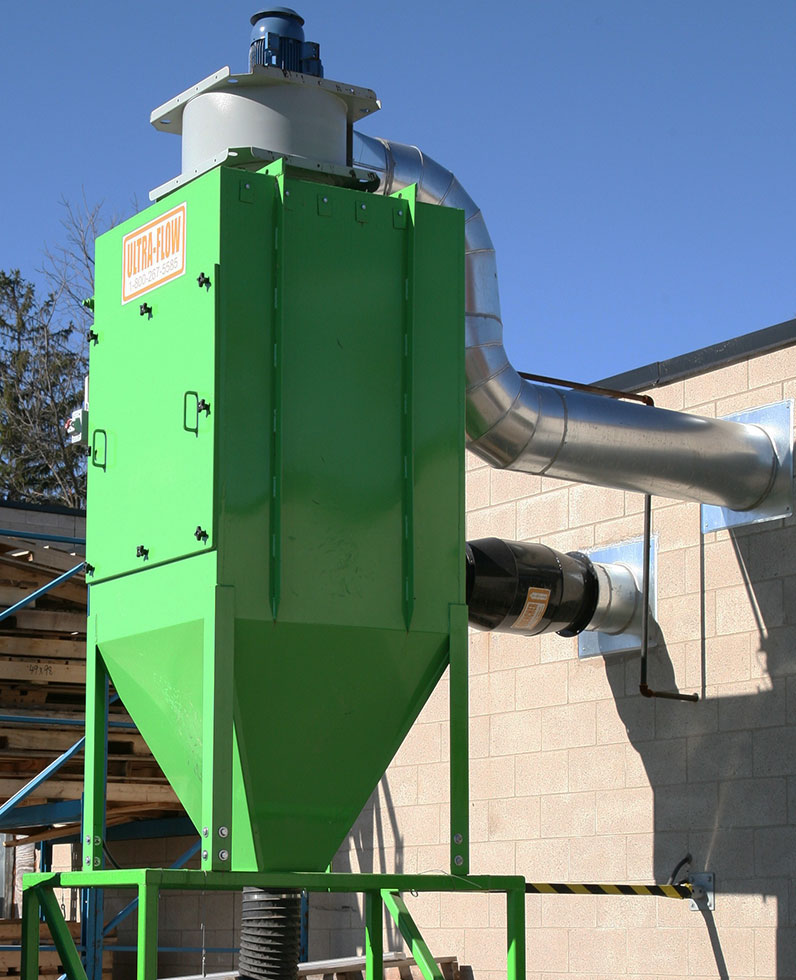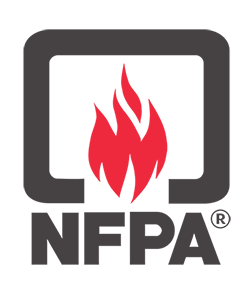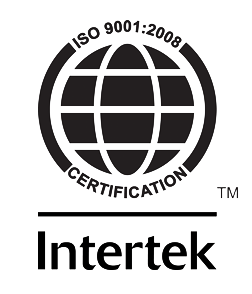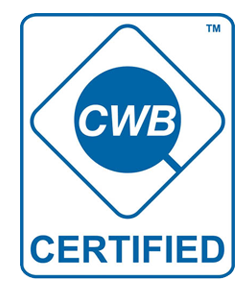Dust Collector Selection Guide and Correspondance Course
Developed by Quality Air Management, EngineeringSelecting The Right Dust Collector
Selecting the correct self-cleaning, baghouse or cartridge, dust collector is a complex procedure and should be done by a true expert. Too often, dust collection systems are selected, installed and operated without taking into account all the factors that are necessary for a successful dust collection system. That is a formula for disaster.
There are many parameters that are necessary to select a dust collection system:
Which type of dust collector is best suited for this particular application?
- Mechanical (Shaker) Cleaning Dust Collector
- Reverse Pulse Jet Cleaning Dust Collector
- Fabric or Baghouse
- Pleated Cartridge Filter Elements
Which one of the many varieties of each type dust collector is designed for this application?
Conventional or new advanced high-ratio technology?
Factors affecting maximum gas flow rate through the self-cleaning pulse jet dust collector.
Operating permeability of different types of self-cleaning dust collectors.
Particle type and size, dust density, explosiveness, abrasion, moisture, gas density, etc.
Dust Collection Correspondence Course
Created By QAM, EngineeringFree Valuable Correspondence Course on Air Pollution Equipment.
Lessons:
- Introduction to Dust Collectors and Indoor Air Quality
- Fabric (Baghouse) Dust Collectors
- NEW Advanced Technology, Hi-Ratio Designs
- Cartridge (Pleated Filter) Dust Collectors
- Dust collection surveys
- Design of Ductwork for dust collection systems
- Inlet Design on Continuous cleaning pulse jet collectors
- Filter Cake Mechanics
- Design of Reverse Pulse Jet Cleaning Systems
- Determining cleaning frequency for Reverse Pulse Jet Collectors
- Pressure drop in dust collectors
- Trouble Shooting Operational Problems
- Bag Shapes, Lengths, Capacities, Flat Envelop Bags, etc
- Using filter aids
- Explosions & Fires
- Psychometric Tables Determining gas stream properties & condensation issues
Request Dust Collector Correspondence Course
Comment from students enrolled in course:
“Thanks a lot for your lessons. I have received all. In the future, I will review again your lessons because they are very interesting. Thanks again and you can be proud of your course. Excellent!”
“Again I don’t know how to express my gratitude to you about your generosity of offering this course. This course is what all people dealing with dust collection should have”






